Home>Furniture & Design>Outdoor Furniture>How Do You Clean Outdoor Fabric?
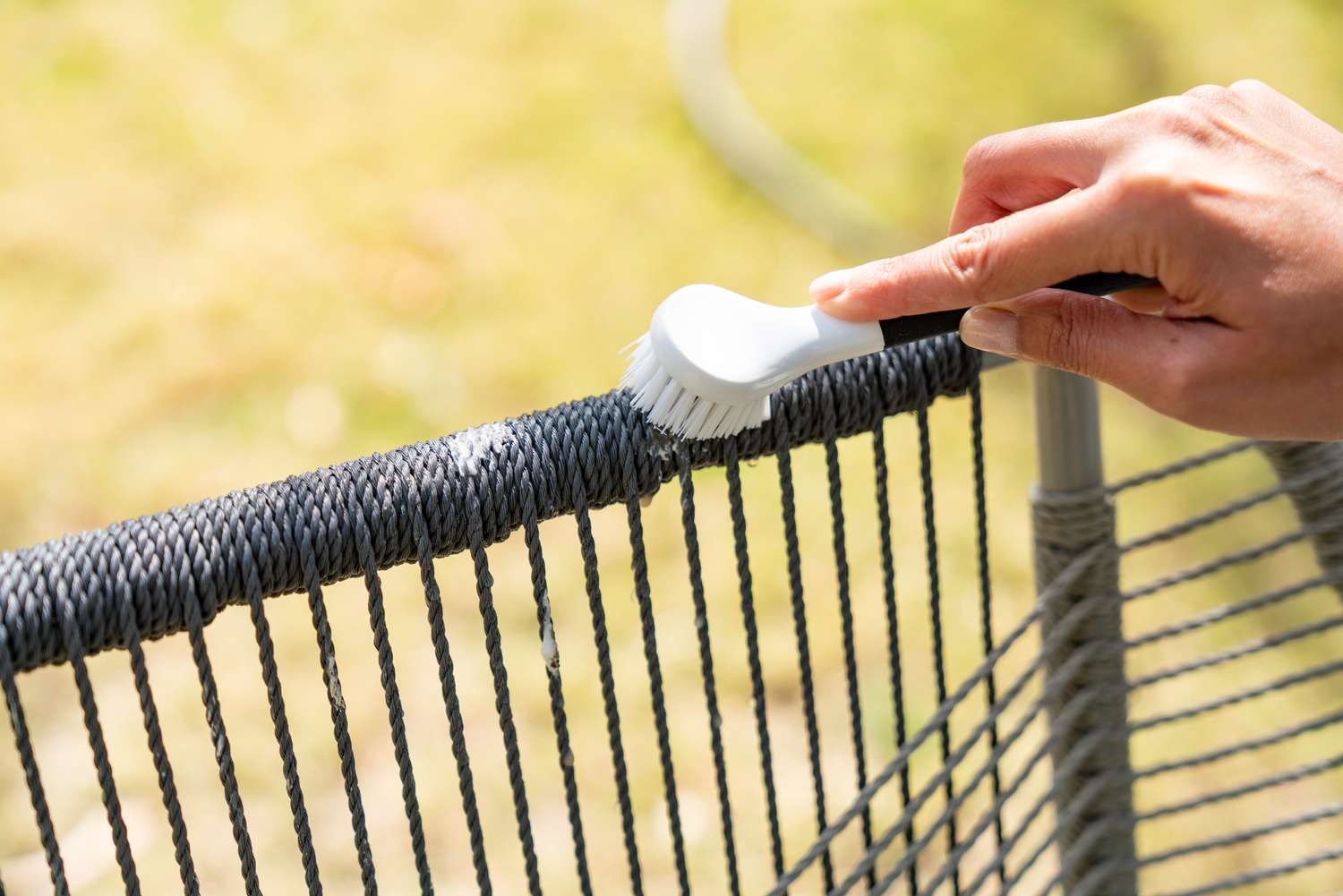

Outdoor Furniture
How Do You Clean Outdoor Fabric?
Published: January 12, 2024
Learn how to effectively clean outdoor fabric on your furniture and keep it looking fresh and vibrant. Discover the best techniques for maintaining outdoor furniture and design.
(Many of the links in this article redirect to a specific reviewed product. Your purchase of these products through affiliate links helps to generate commission for Storables.com, at no extra cost. Learn more)
Introduction
Welcome to the wonderful world of outdoor furniture! Whether you have a cozy balcony, a spacious patio, or a sprawling garden, outdoor furniture allows you to extend your living space into the great outdoors. One essential aspect of maintaining outdoor furniture, particularly pieces with fabric components, is proper cleaning and maintenance. In this guide, we'll delve into the art of cleaning outdoor fabric, providing you with valuable insights and practical tips to keep your outdoor oasis looking its best.
Outdoor fabric is a versatile and durable material designed to withstand the elements, including sunlight, rain, and dirt. From lounge chairs and sofas to cushions and umbrellas, outdoor fabric adds comfort and style to your outdoor living area. However, exposure to the elements can lead to a buildup of dirt, stains, and even mold and mildew, requiring regular cleaning and maintenance to preserve the fabric's appearance and longevity.
In this comprehensive guide, we'll explore the nuances of outdoor fabric, offering general cleaning tips, strategies for removing stubborn stains, and methods for combating mold and mildew. Additionally, we'll discuss proper storage and maintenance practices to ensure that your outdoor fabric remains in top condition season after season.
By the end of this guide, you'll be equipped with the knowledge and techniques to effectively clean and maintain your outdoor fabric, allowing you to fully enjoy your outdoor furniture while keeping it looking fresh and inviting. Let's embark on this journey to discover the best practices for cleaning outdoor fabric and preserving the beauty of your outdoor living space.
Key Takeaways:
- Preserve outdoor fabric by regular cleaning with mild soap, gentle application, and protective covers. Targeted stain removal and natural remedies combat stubborn stains, mold, and mildew, ensuring a fresh and inviting outdoor oasis.
- Safeguard outdoor fabric with proper storage, periodic inspection, and gentle maintenance. Invest in protective covers, choose adequate storage space, and avoid compression to prolong the lifespan and quality of outdoor furniture and accessories.
Read more: How To Clean Outdoor Furniture Fabric
Understanding Outdoor Fabric
Outdoor fabric is specifically engineered to withstand the rigors of outdoor use, making it an ideal choice for furniture and accessories exposed to the elements. Typically made from synthetic materials such as acrylic, polyester, or PVC, outdoor fabric is designed to resist fading, mold, and moisture, ensuring durability and longevity in various weather conditions.
One of the most common types of outdoor fabric is solution-dyed acrylic, known for its exceptional colorfastness and resistance to fading. This type of fabric is often used in outdoor cushions, umbrellas, and awnings, providing vibrant and long-lasting hues that can withstand prolonged exposure to sunlight.
Polyester outdoor fabric is another popular choice, prized for its strength, abrasion resistance, and quick-drying properties. This makes it suitable for outdoor furniture cushions and pillows, as it can withstand frequent use and exposure to moisture without compromising its integrity.
Outdoor fabric with PVC coating offers exceptional water resistance, making it an excellent choice for outdoor furniture covers and umbrellas. The PVC coating provides a protective barrier against rain and moisture, preventing water from seeping through and reaching the furniture underneath.
Understanding the composition and characteristics of outdoor fabric is crucial for effective cleaning and maintenance. By recognizing the specific attributes of the fabric used in your outdoor furniture, you can tailor your cleaning approach to ensure optimal results without compromising the fabric’s integrity.
As we delve deeper into the cleaning process, this understanding of outdoor fabric will guide us in selecting the most suitable cleaning methods and products to preserve the fabric’s appearance and functionality. Now that we’ve gained insight into the nature of outdoor fabric, let’s explore the essential cleaning tips to keep it looking its best.
General Cleaning Tips
When it comes to maintaining outdoor fabric, regular cleaning is essential to prevent dirt, debris, and environmental contaminants from compromising its appearance and longevity. By incorporating these general cleaning tips into your maintenance routine, you can effectively preserve the beauty and functionality of your outdoor fabric:
- Regular Dusting: Begin by gently brushing off any loose dirt, dust, or debris from the fabric’s surface using a soft-bristled brush or a handheld vacuum with a brush attachment. This initial step helps prevent dirt from becoming embedded in the fabric during the cleaning process.
- Mild Soap Solution: Prepare a cleaning solution by mixing a small amount of mild liquid soap, such as dish soap or a specialized fabric cleaner, with warm water. Avoid harsh detergents or bleach, as they can damage the fabric’s fibers and colors.
- Spot Testing: Before applying the cleaning solution to the entire fabric surface, perform a spot test on a discreet area to ensure that the solution does not cause discoloration or damage. Wait for the test spot to dry completely before proceeding with the overall cleaning.
- Gentle Application: Using a soft-bristled brush, sponge, or cloth, gently apply the soapy solution to the fabric, working in a circular motion. Focus on areas with visible stains or soiling, ensuring thorough coverage while being mindful not to oversaturate the fabric.
- Rinsing and Drying: After cleaning, thoroughly rinse the fabric with clean water to remove any soap residue. Allow the fabric to air dry completely in a well-ventilated area, avoiding direct sunlight if possible. Ensure that the fabric is fully dry before using or storing it to prevent mold and mildew growth.
- Protective Covers: Consider using protective covers for your outdoor furniture when not in use to minimize exposure to dirt, pollen, and environmental elements. These covers can help extend the intervals between thorough cleanings, preserving the fabric’s appearance.
By incorporating these general cleaning tips into your outdoor fabric maintenance routine, you can effectively remove surface dirt and maintain the fabric’s overall cleanliness. However, when dealing with stubborn stains or specific types of soiling, additional targeted cleaning methods may be necessary, which we’ll explore in the following section.
Removing Stains
Accidents happen, and outdoor fabric is susceptible to stains from various sources, including food and beverage spills, tree sap, bird droppings, and more. When faced with stubborn stains, it’s essential to address them promptly and effectively to prevent them from setting and becoming more challenging to remove. Here are targeted strategies for removing common outdoor fabric stains:
- Food and Beverage Stains: For fresh stains, start by blotting the affected area with a clean, absorbent cloth to soak up excess liquid. Avoid rubbing, as this can spread the stain. Then, apply a mixture of mild soap and water to the stain, gently working it in with a soft brush or cloth. Rinse thoroughly with clean water and allow the fabric to dry completely.
- Tree Sap and Residue: To remove tree sap or sticky residue, apply a small amount of rubbing alcohol or a citrus-based cleaner to the affected area. Allow the solution to sit for a few minutes, then gently blot and lift the sap with a clean cloth. Rinse the area with water and allow it to dry thoroughly.
- Bird Droppings: Promptly remove bird droppings from outdoor fabric to prevent potential staining and damage. Use a mixture of water and mild soap to gently clean the affected area, followed by thorough rinsing and drying. For dried or stubborn droppings, carefully scrape off any solid residue before cleaning.
- Mildew and Mold: In humid or damp environments, outdoor fabric may be prone to mildew and mold growth. To combat this, create a solution of equal parts white vinegar and water, then apply it to the affected area. Allow the solution to sit for 15-20 minutes before gently scrubbing the fabric with a soft brush. Rinse thoroughly and let the fabric dry completely in the sun, if possible.
When treating stains on outdoor fabric, it’s important to address them with care and avoid using harsh chemicals or abrasive cleaning methods that can damage the fabric. Additionally, always refer to the manufacturer’s cleaning instructions and recommendations for specific stain removal techniques to ensure that you’re treating the fabric appropriately.
By employing these targeted stain removal strategies, you can effectively combat common outdoor fabric stains and maintain the fabric’s pristine appearance. However, in cases where stains persist despite your best efforts, professional cleaning services specializing in outdoor fabric may offer advanced solutions to restore the fabric’s original beauty.
To clean outdoor fabric, mix a solution of mild soap and water. Use a soft brush to scrub the fabric, then rinse thoroughly with water and allow it to air dry completely.
Mold and Mildew Removal
Mold and mildew can pose significant challenges for outdoor fabric, especially in humid or damp environments where moisture accumulates. These unsightly growths not only detract from the fabric’s appearance but can also compromise its integrity if left unchecked. Here’s how to effectively address mold and mildew on outdoor fabric:
- Preventive Measures: To minimize the risk of mold and mildew, ensure that your outdoor fabric is adequately ventilated and not subjected to prolonged periods of dampness. Regularly brush off any organic debris or dirt that can provide a breeding ground for mold spores.
- Natural Remedies: A solution of white vinegar and water can be an effective natural remedy for combating mold and mildew. Mix equal parts of white vinegar and water and apply the solution to the affected areas. Allow it to sit for 15-20 minutes to penetrate the fabric, then gently scrub the fabric with a soft brush. Thoroughly rinse the fabric with clean water and allow it to dry completely.
- Bleach Alternative: If the fabric’s care instructions permit, a diluted solution of hydrogen peroxide and water can be used to tackle stubborn mold and mildew. Mix one part hydrogen peroxide with four parts water, then apply the solution to the affected areas. Allow it to sit for 15-20 minutes before rinsing the fabric thoroughly and letting it dry completely.
- Sunlight Exposure: Whenever possible, expose the cleaned fabric to direct sunlight, as sunlight can help inhibit mold and mildew growth. Sunlight also aids in drying the fabric thoroughly, reducing the likelihood of future mold and mildew development.
It’s important to address mold and mildew promptly to prevent them from spreading and causing further damage to the fabric. By incorporating these targeted removal methods into your outdoor fabric maintenance routine, you can effectively combat mold and mildew, preserving the fabric’s cleanliness and structural integrity.
However, if mold and mildew growth persists despite your efforts, consider consulting professional cleaning services specializing in outdoor fabric. These experts can provide advanced treatments to eradicate mold and mildew while rejuvenating the fabric’s appearance, ensuring that your outdoor oasis remains inviting and free from unsightly fungal intruders.
Read more: How Do You Clean Outdoor Furniture?
Storage and Maintenance
Proper storage and maintenance practices play a crucial role in preserving the quality and longevity of outdoor fabric. By implementing the following guidelines, you can safeguard your outdoor furniture and accessories during periods of non-use, ensuring that they remain in optimal condition for the next season:
- Clean Before Storage: Before stowing away outdoor fabric items for an extended period, ensure that they are thoroughly cleaned and completely dry. Any residual dirt, moisture, or organic matter can attract mold and mildew during storage, potentially compromising the fabric’s integrity.
- Invest in Protective Covers: Consider using high-quality protective covers designed specifically for outdoor furniture and accessories. These covers provide an additional layer of defense against dust, moisture, and environmental elements, extending the intervals between thorough cleanings and preserving the fabric’s appearance.
- Choose Adequate Storage Space: Select a clean, dry, and well-ventilated storage area for your outdoor fabric items. Avoid areas prone to excessive humidity or temperature fluctuations, as these conditions can promote mold and mildew growth and compromise the fabric’s quality.
- Avoid Compression: When storing cushions and pillows, avoid compressing them excessively, as this can lead to creasing and distortion of the fabric. Store them in a manner that allows for adequate air circulation and maintains their original shape.
- Periodic Inspection: During periods of storage, periodically inspect your stored outdoor fabric items for any signs of mold, mildew, or pest infestation. Promptly address any issues that arise to prevent them from escalating and causing damage.
- Regular Maintenance: Even during periods of non-use, it’s beneficial to perform light maintenance on your outdoor fabric items. Gently brush off any accumulated dust or debris, and periodically air out the fabric to prevent stagnation and musty odors.
By adhering to these storage and maintenance practices, you can effectively protect your outdoor fabric items from environmental hazards and ensure that they emerge from storage in optimal condition, ready to adorn your outdoor living space once again.
Remember, proper care and attention to storage and maintenance not only preserve the appearance and longevity of outdoor fabric but also contribute to the overall enjoyment and comfort of your outdoor living area. With these guidelines in mind, you can confidently safeguard your outdoor fabric investments and relish the beauty and functionality they bring to your outdoor oasis.
Conclusion
Cleaning and maintaining outdoor fabric is an essential aspect of caring for your outdoor furniture and accessories, ensuring that they remain inviting, comfortable, and resilient in the face of changing weather conditions. By understanding the nature of outdoor fabric and implementing effective cleaning strategies, you can prolong its lifespan and preserve its aesthetic appeal, allowing you to fully enjoy your outdoor living space.
From general cleaning tips to targeted stain removal and mold and mildew eradication, this guide has equipped you with valuable insights and practical techniques to address common challenges associated with outdoor fabric. By incorporating these methods into your maintenance routine, you can effectively combat dirt, stains, and environmental contaminants, keeping your outdoor fabric looking its best year-round.
Furthermore, the emphasis on proper storage and maintenance underscores the importance of proactive care, ensuring that your outdoor fabric items emerge from storage in prime condition, ready to enhance your outdoor oasis once again. By following the recommended guidelines for storage and maintenance, you can safeguard your outdoor fabric investments and prolong their usability for years to come.
As you embark on your outdoor fabric cleaning and maintenance journey, remember to refer to the manufacturer’s care instructions and recommendations for specific products, as well as any applicable warranty guidelines. Additionally, staying attuned to the unique characteristics of your outdoor fabric and the environmental factors it encounters will guide you in tailoring your cleaning and maintenance approach for optimal results.
With a commitment to regular care and attention, your outdoor fabric items, from cushions and pillows to umbrellas and awnings, will continue to enrich your outdoor living experience, providing comfort, style, and durability. By embracing the art of cleaning and maintaining outdoor fabric, you can savor the beauty of your outdoor furniture and create an inviting retreat for relaxation and enjoyment.
Now, armed with the knowledge and strategies outlined in this guide, you are well-prepared to embark on a journey of outdoor fabric maintenance, ensuring that your outdoor oasis remains a welcoming and rejuvenating haven for years to come.
Frequently Asked Questions about How Do You Clean Outdoor Fabric?
Was this page helpful?
At Storables.com, we guarantee accurate and reliable information. Our content, validated by Expert Board Contributors, is crafted following stringent Editorial Policies. We're committed to providing you with well-researched, expert-backed insights for all your informational needs.
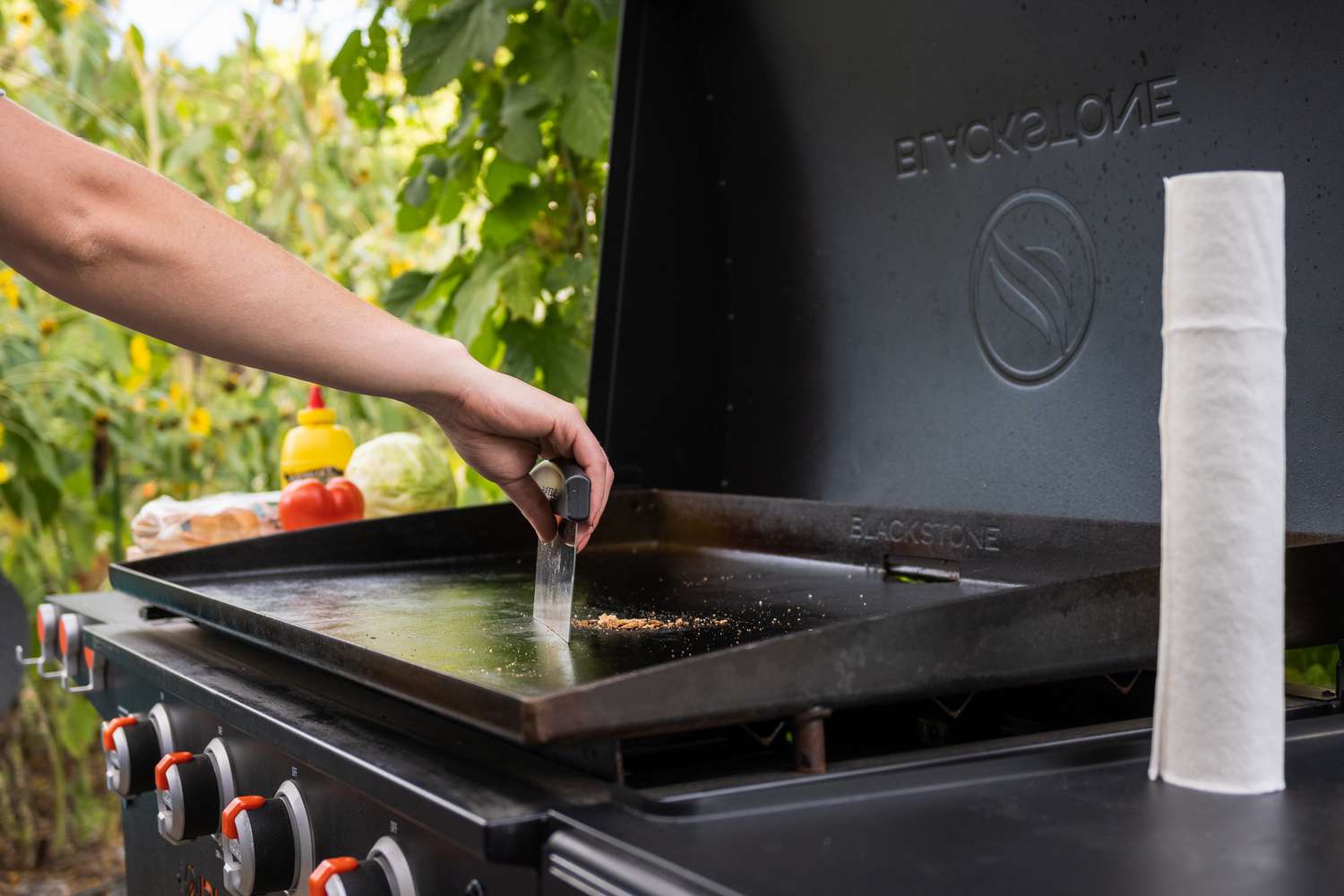
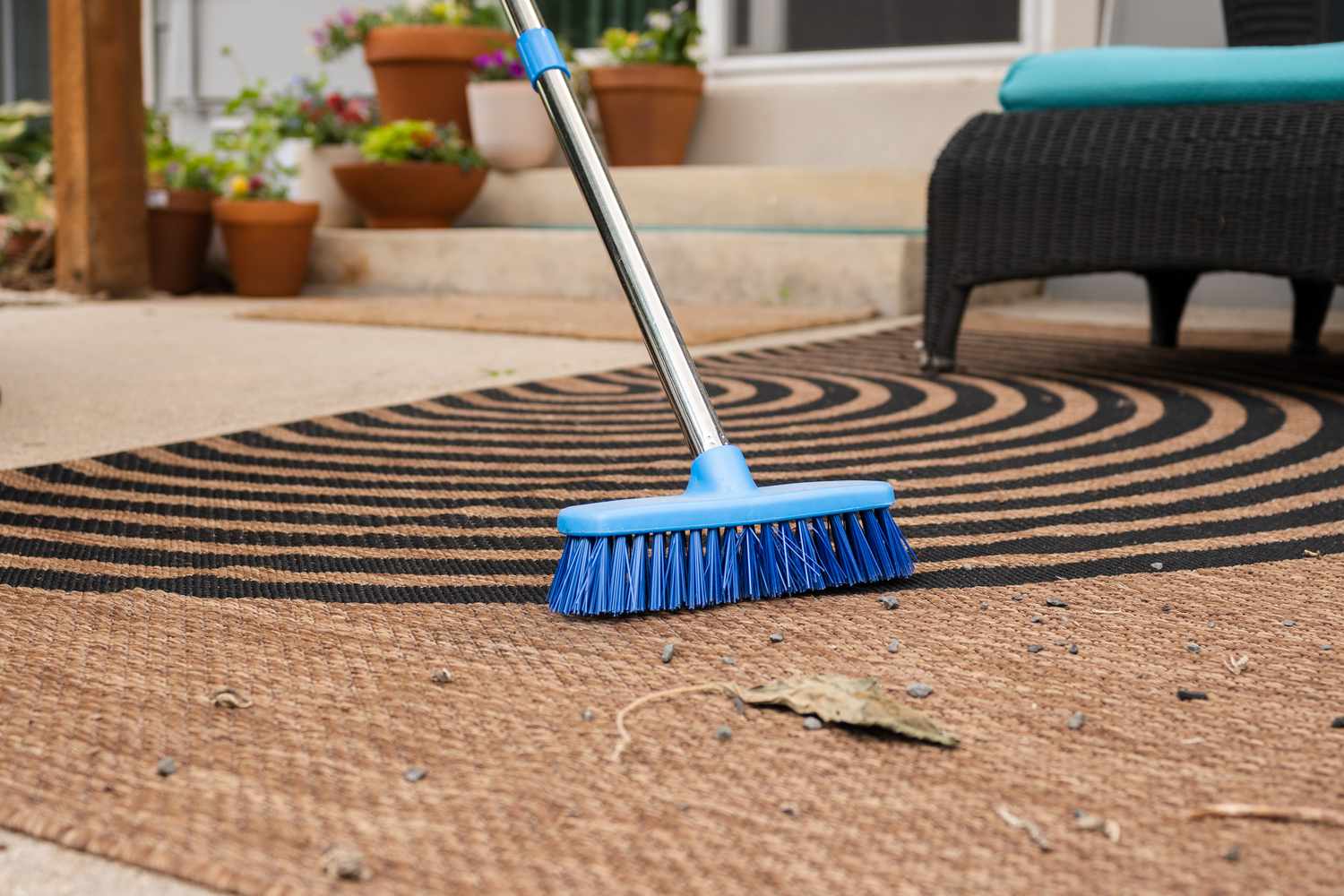
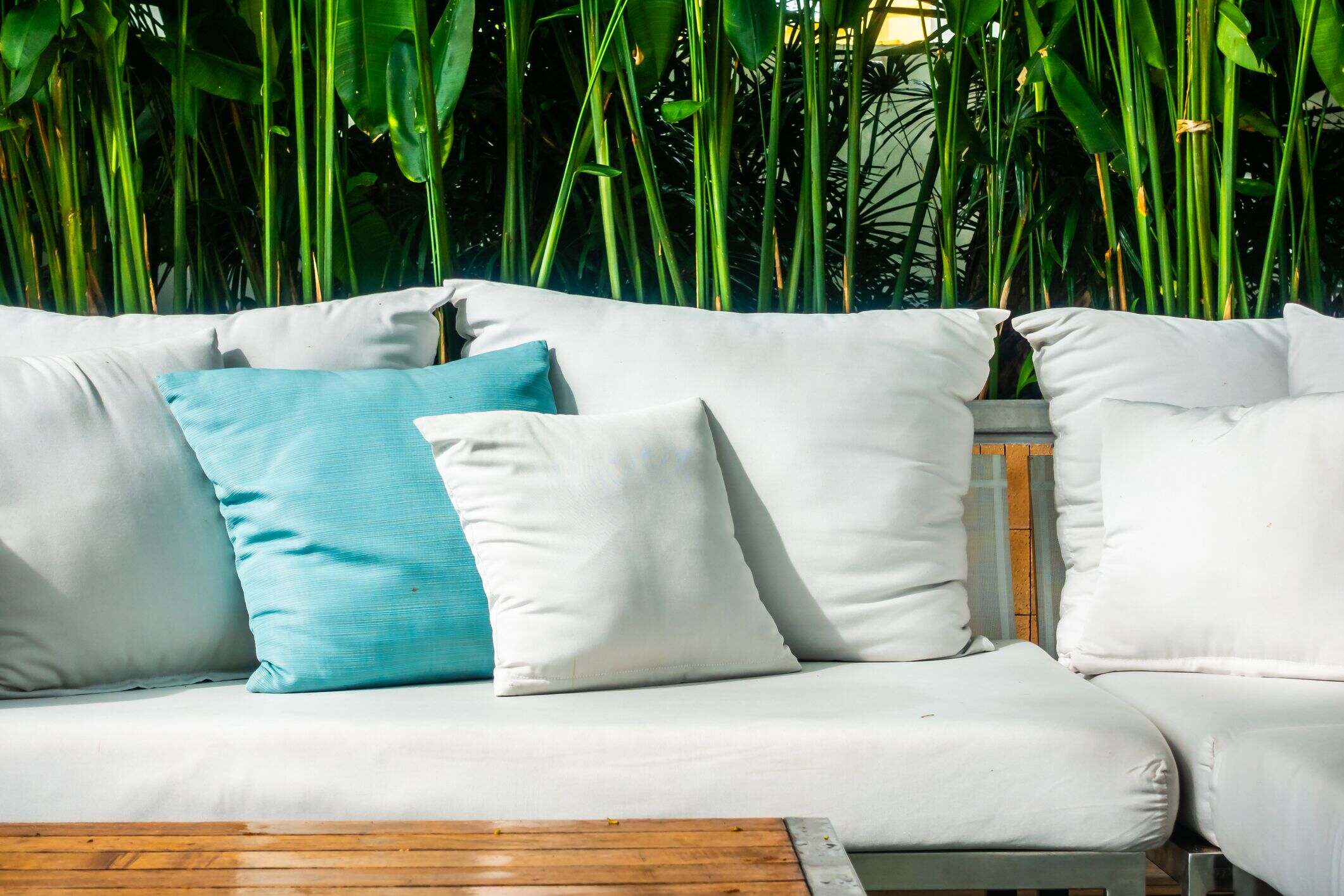
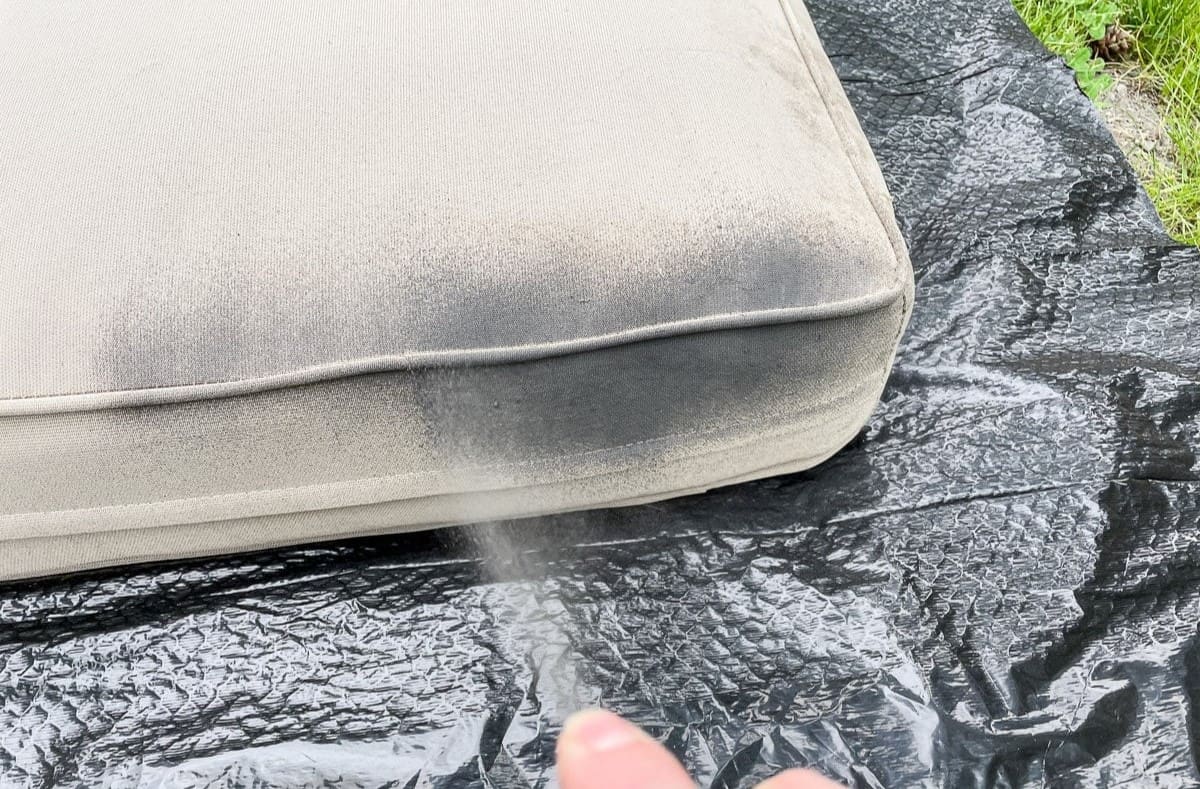
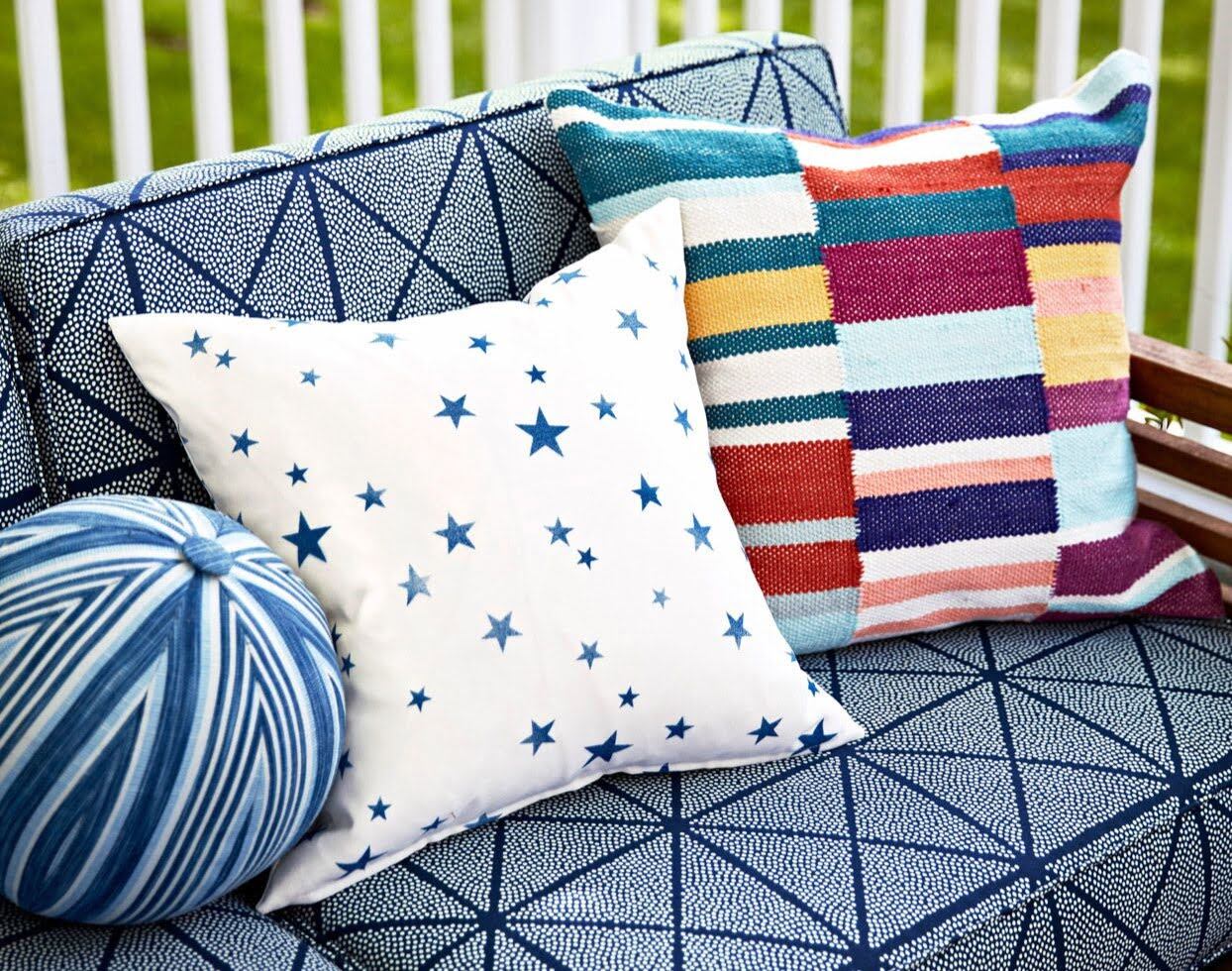
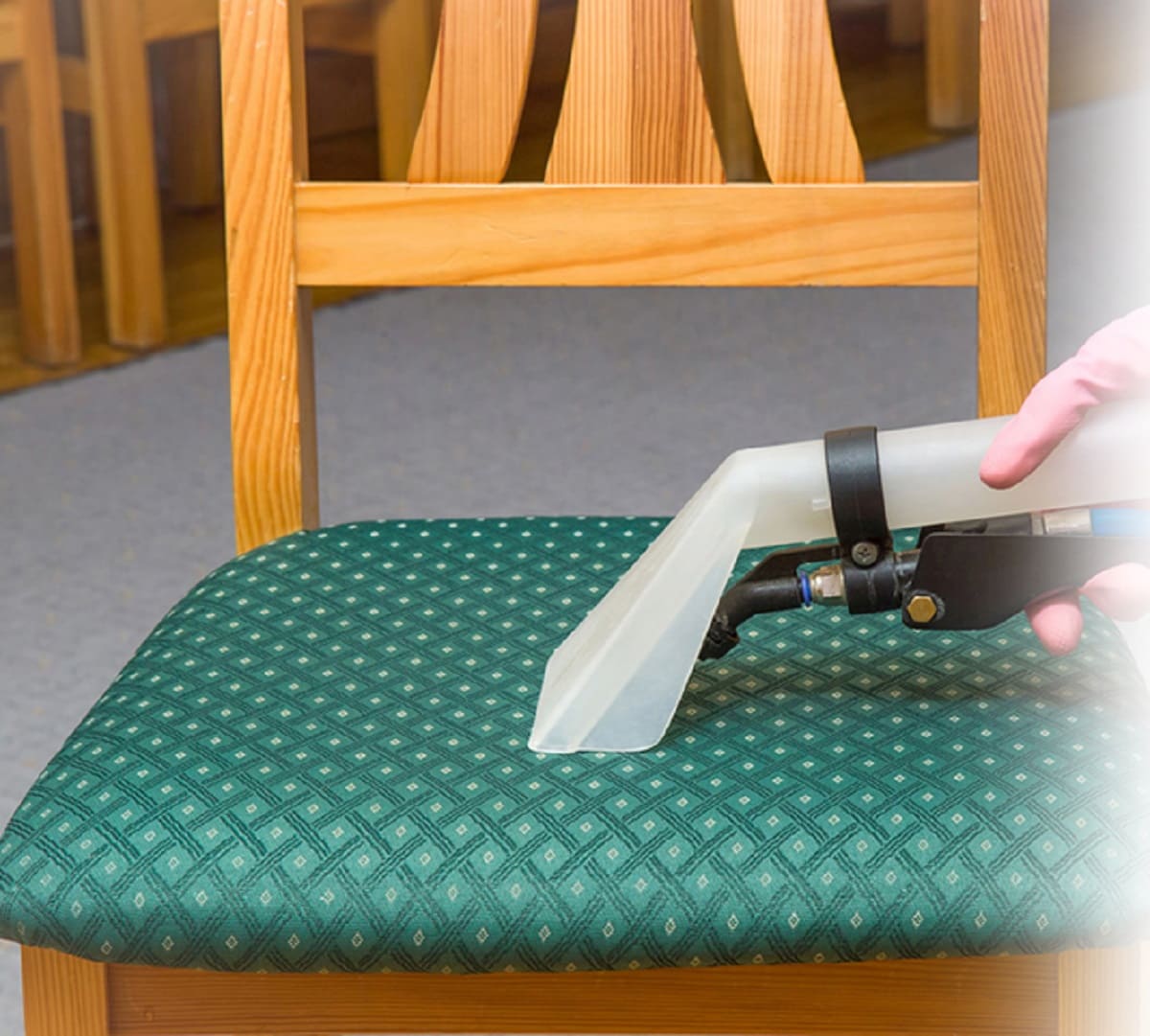
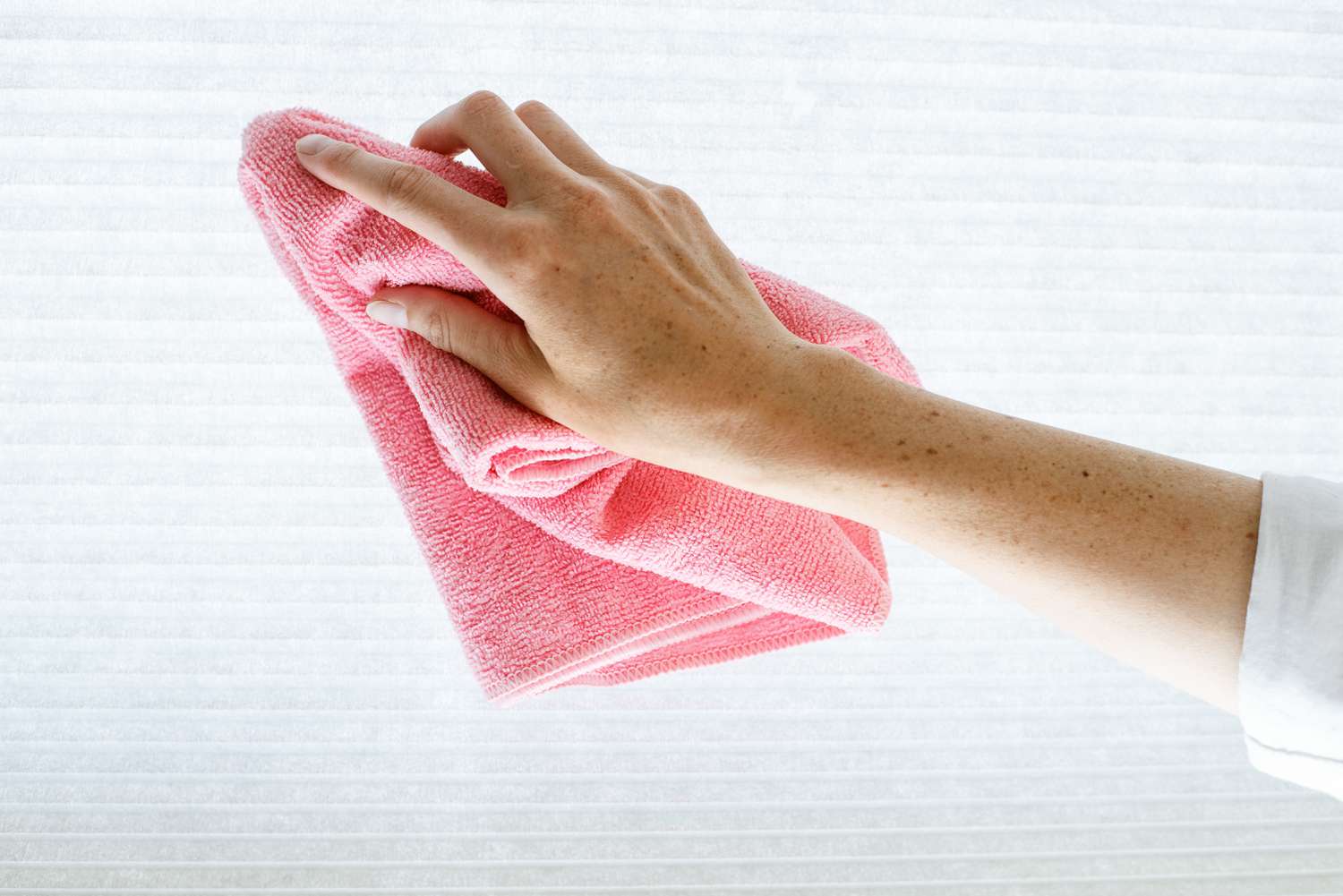
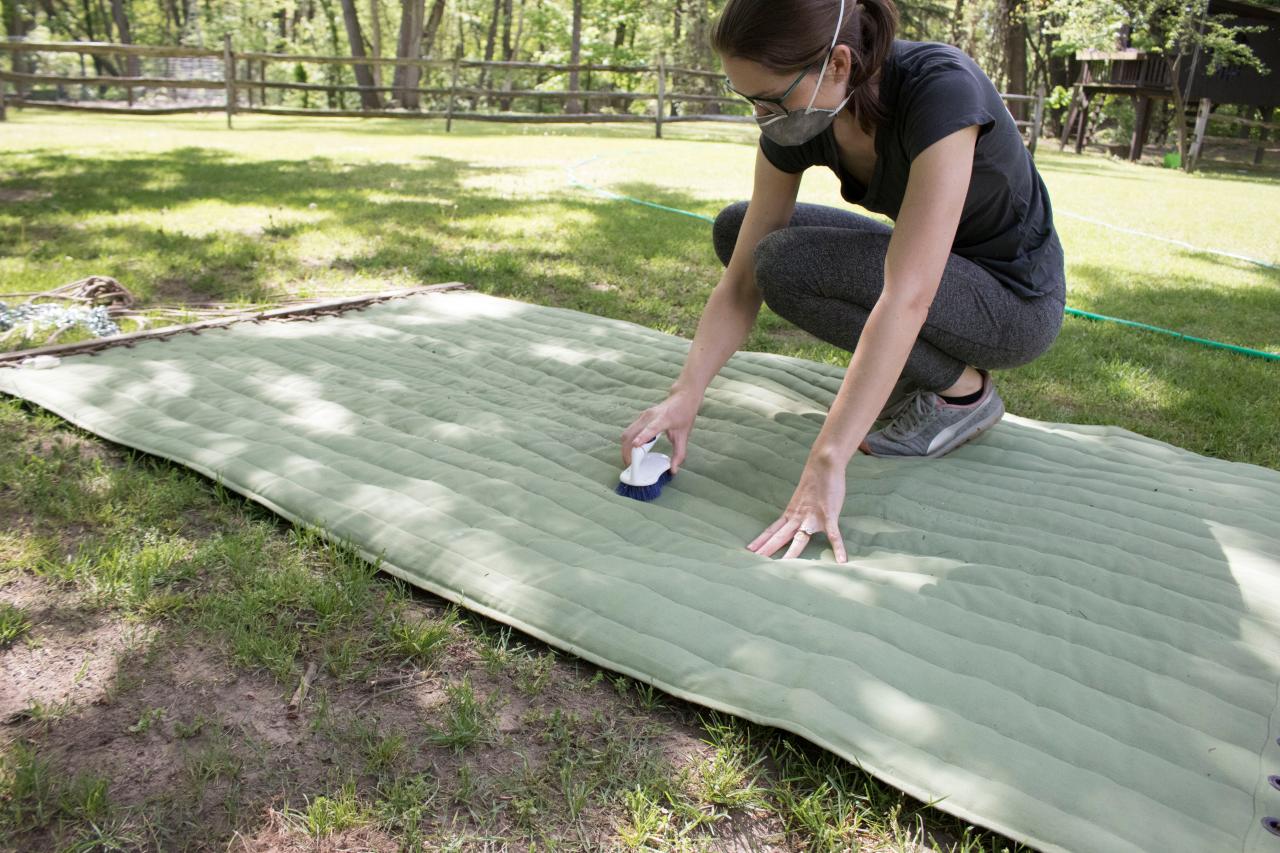
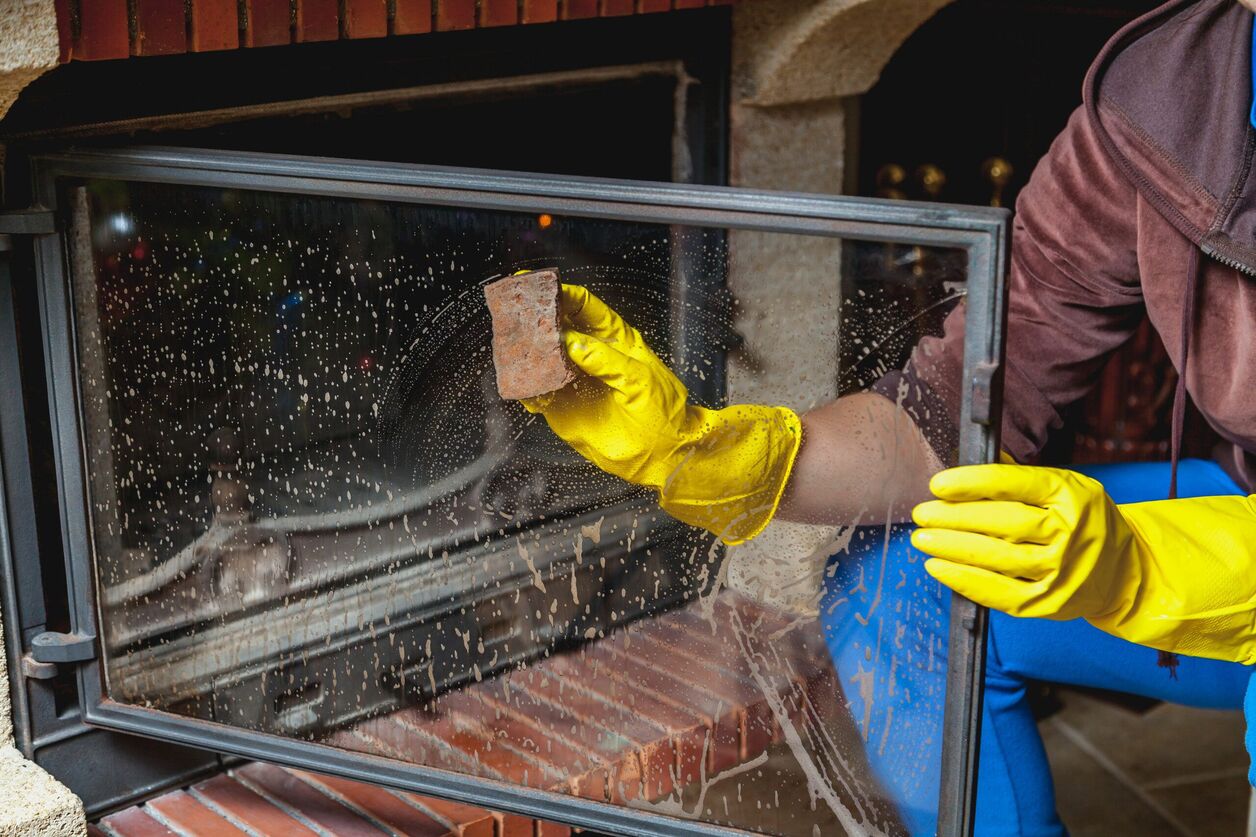
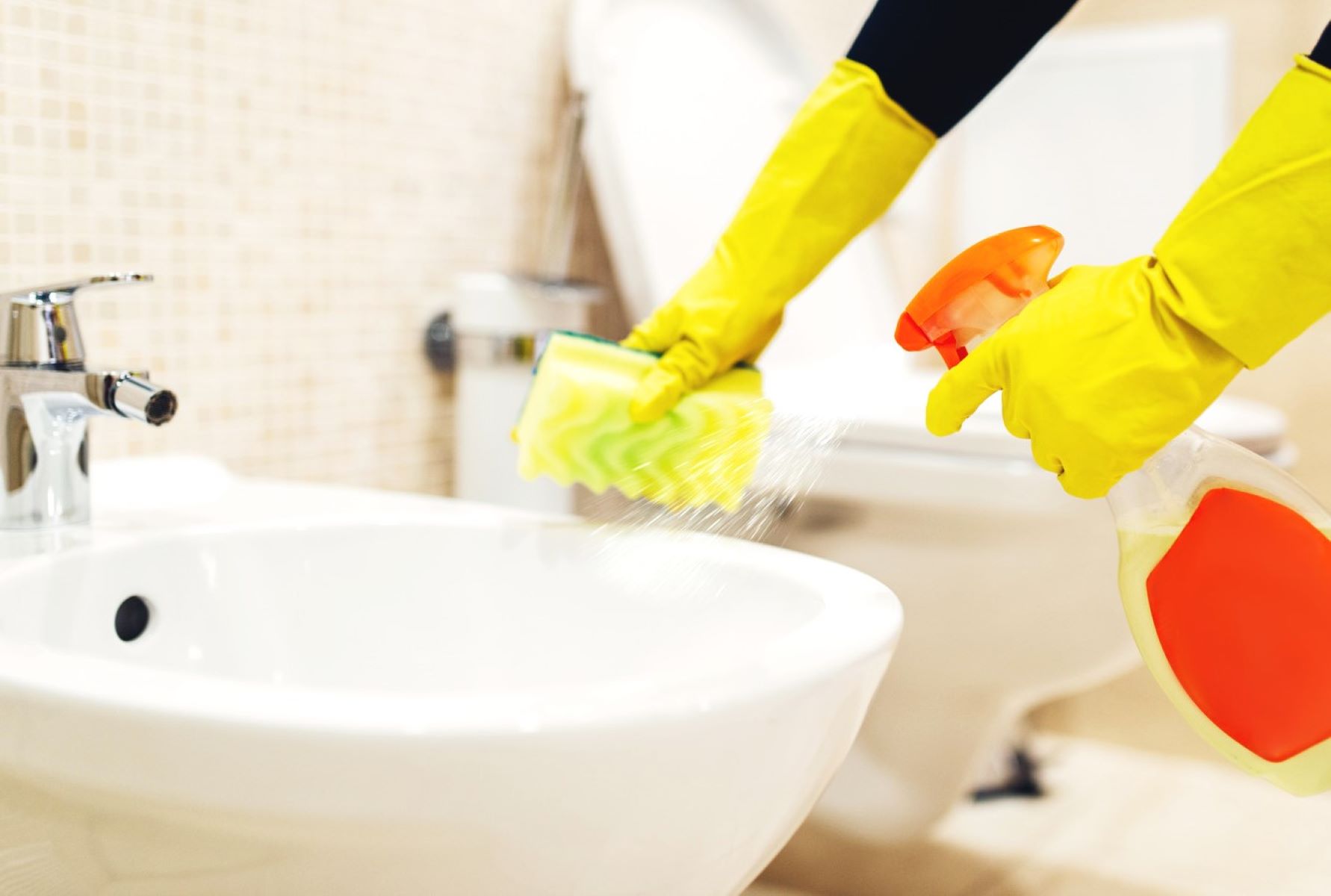
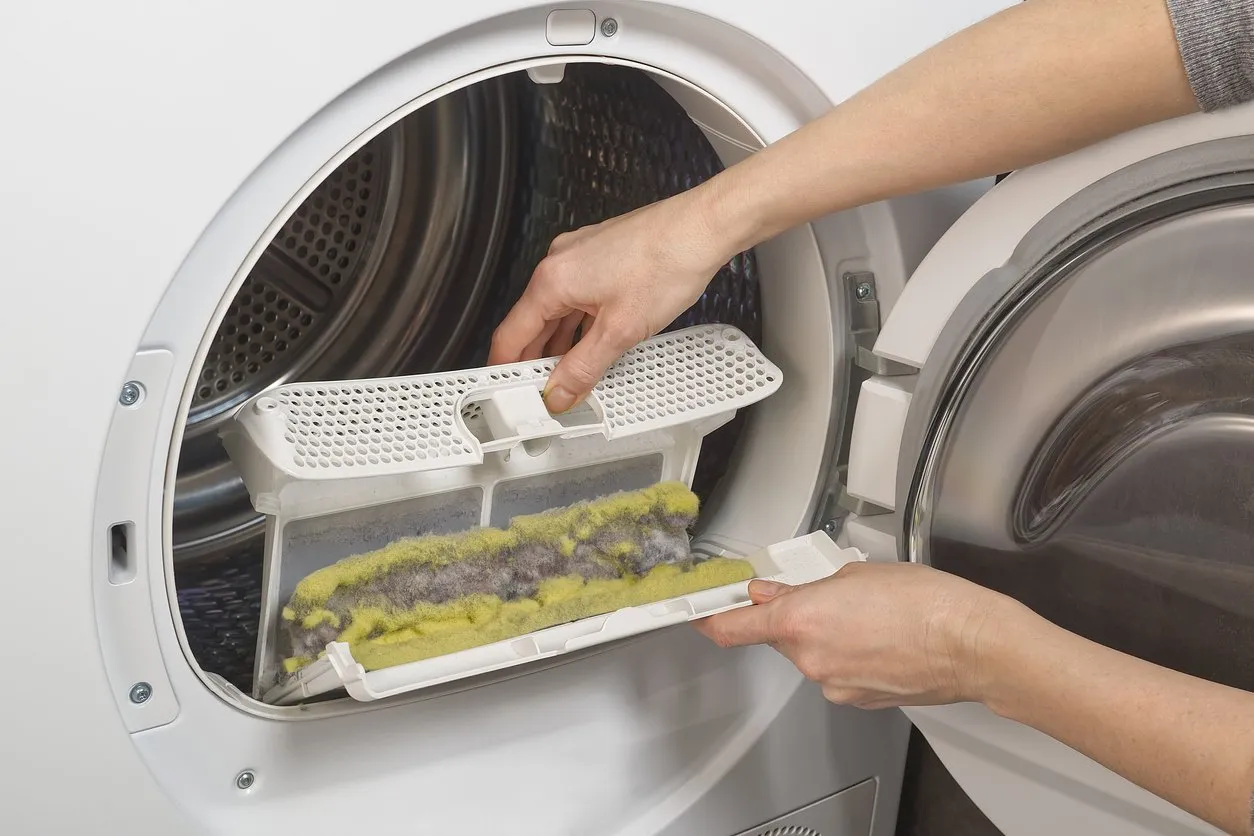
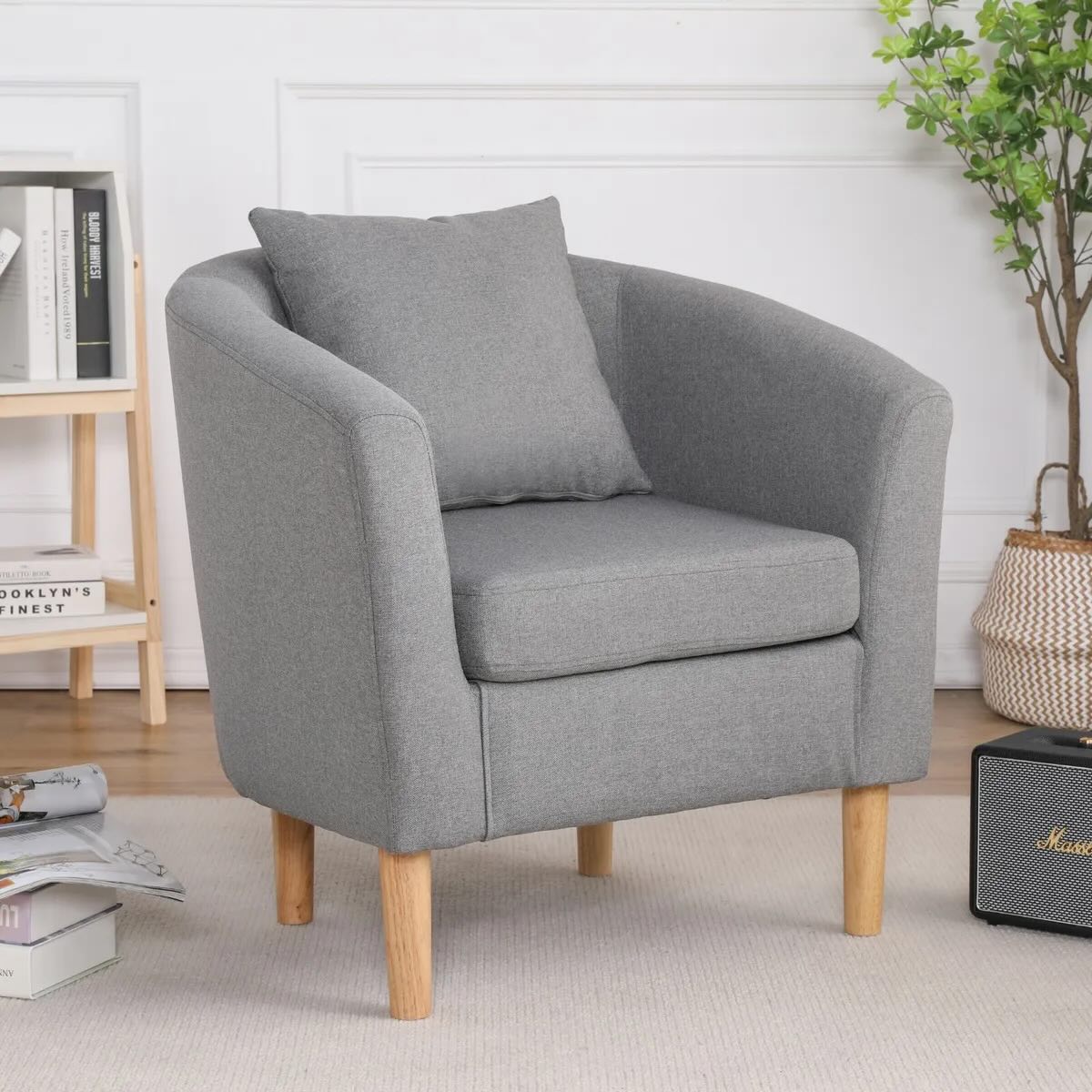
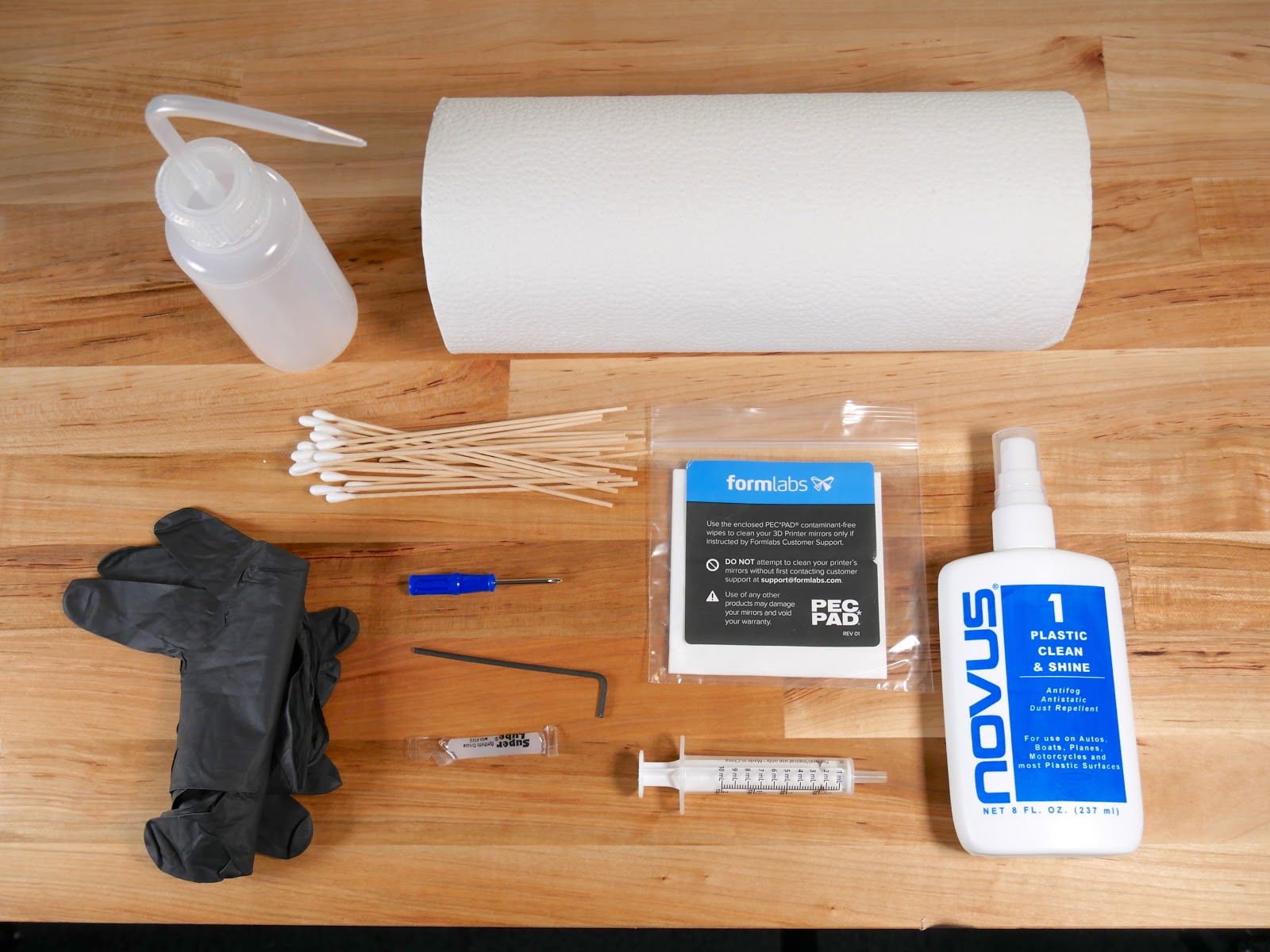


0 thoughts on “How Do You Clean Outdoor Fabric?”